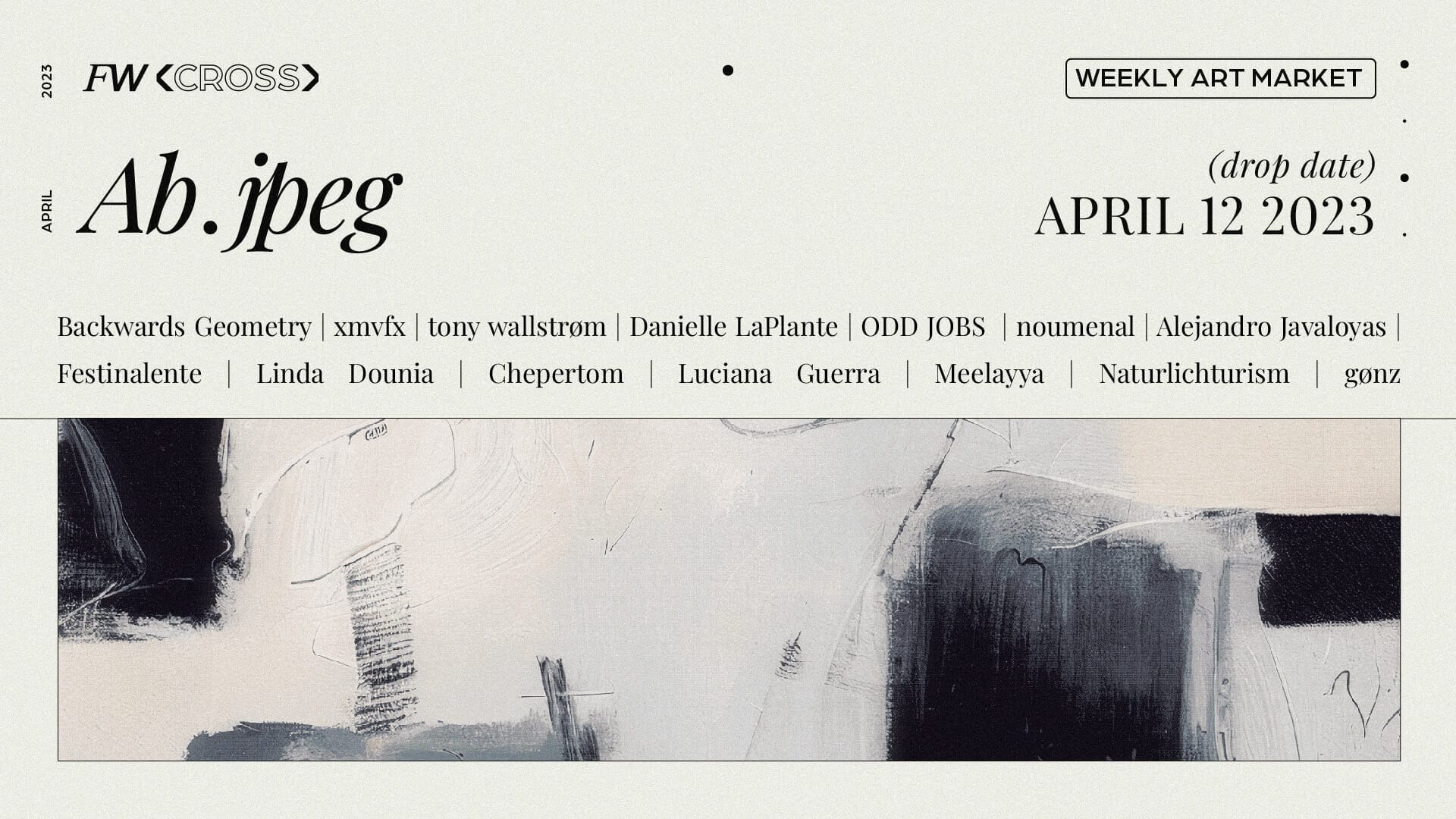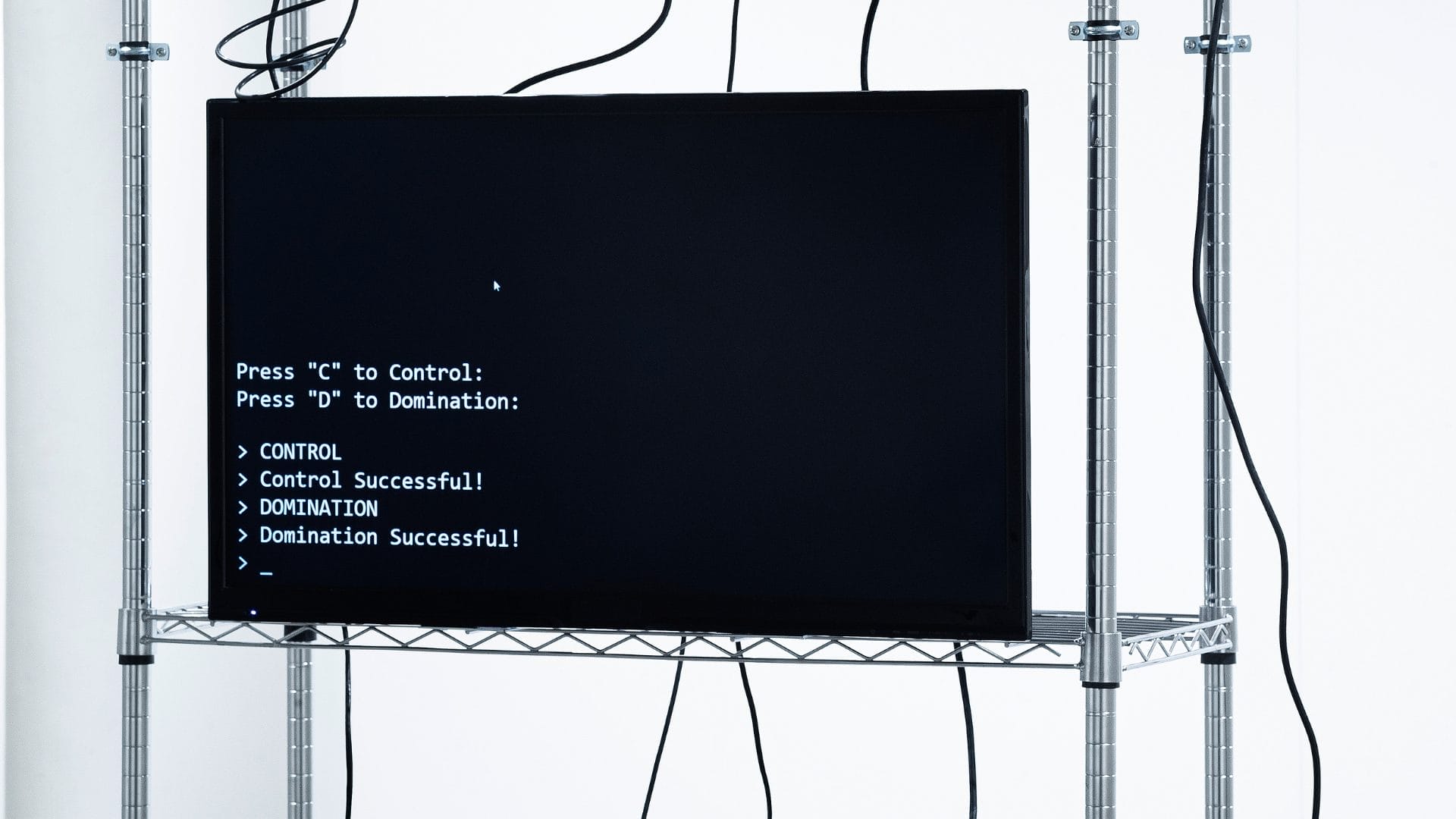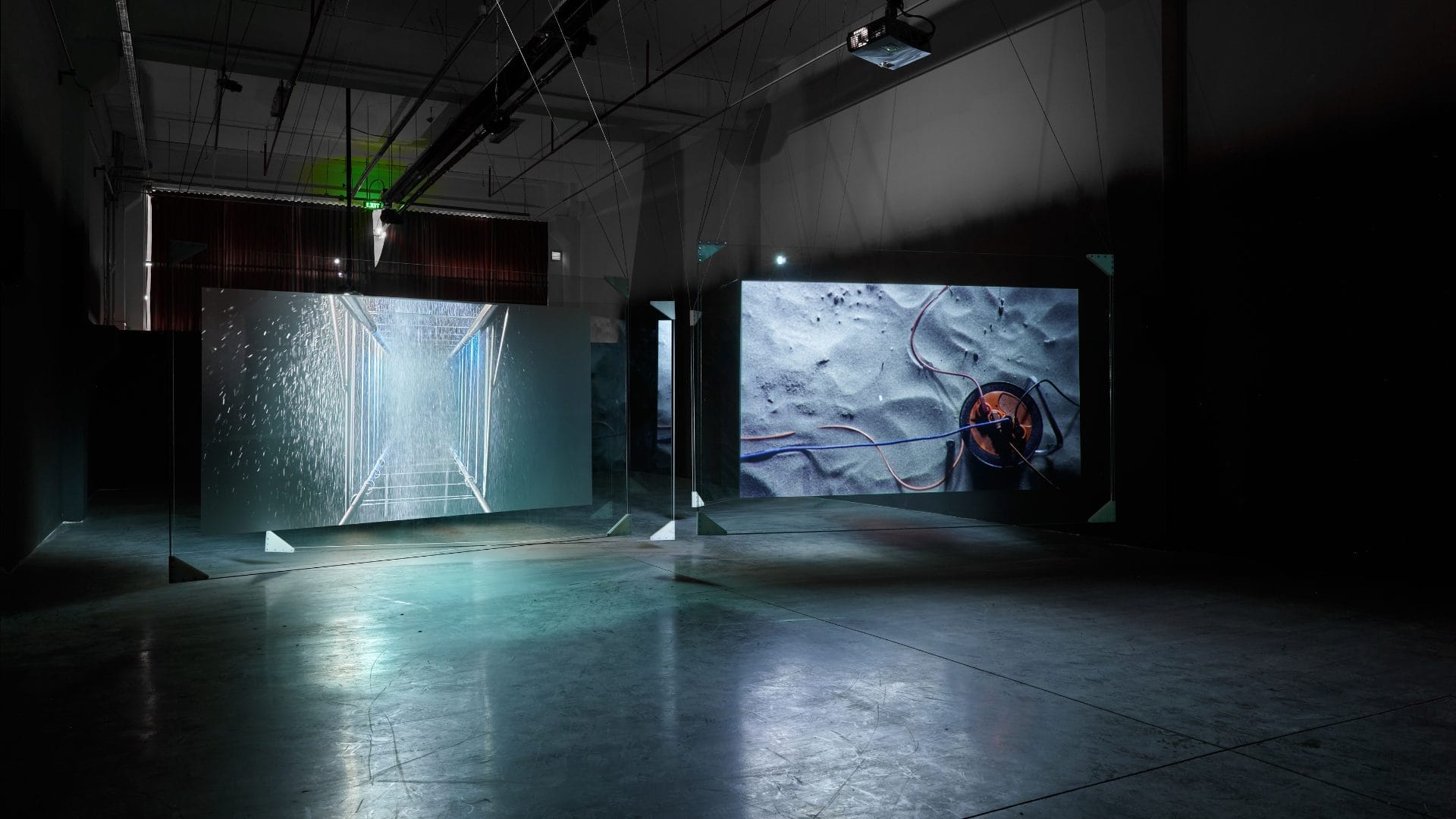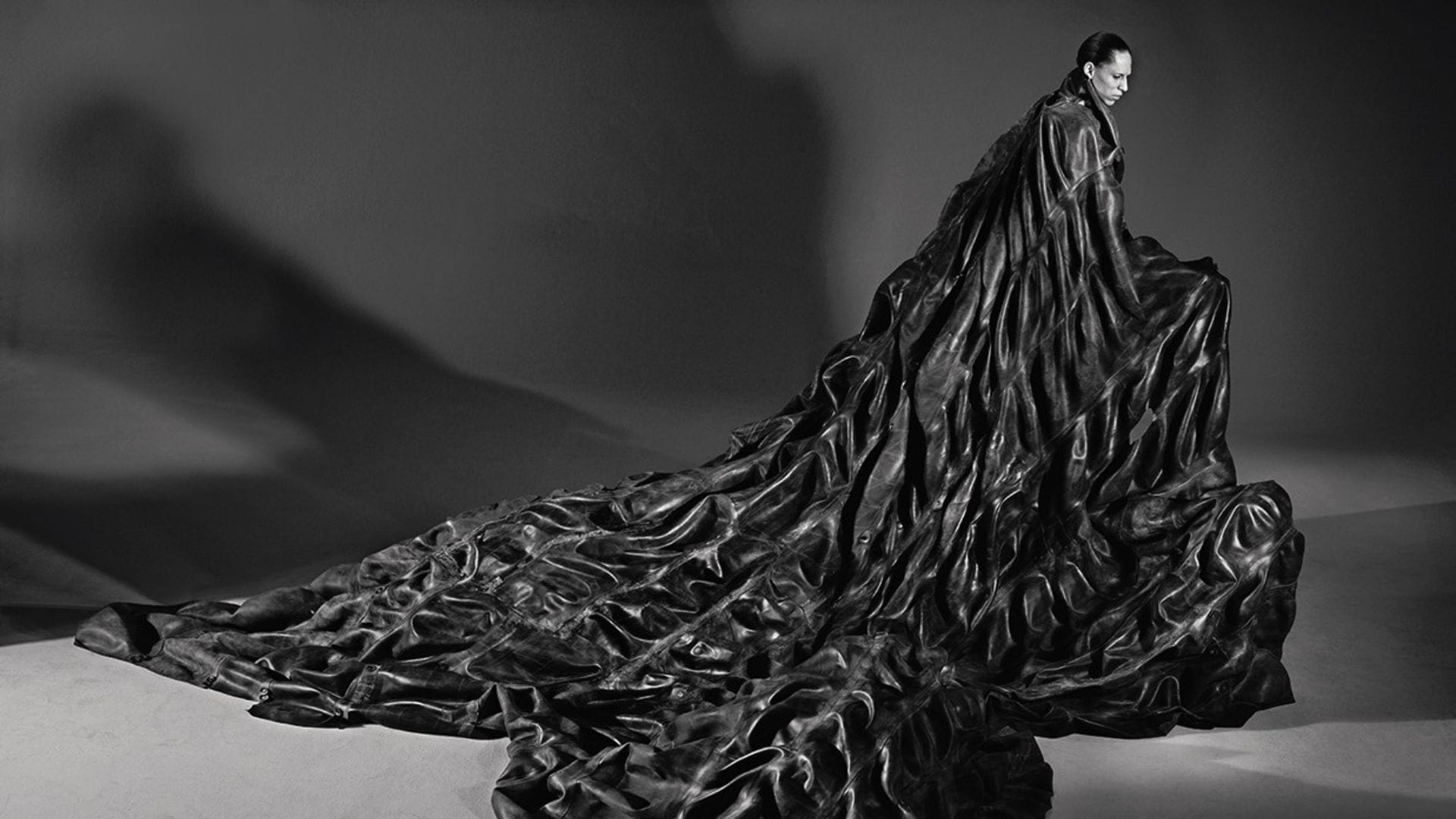
Paolo Canevari: Memory, Power, and Transformation
Paolo Canevari, born in Rome in 1963, has established himself as a distinctive figure in the contemporary art world. His journey began in a family immersed in artistry, where he was exposed to the influence of his grandfather and uncle, both artists during the tumultuous period between World War I and II in Italy. This exposure to art in a politically charged era laid the foundation for his future works, which often intertwine political, religious, and societal themes.
Canevari’s early life in Rome, a city steeped in religious and political history, significantly impacted his perspective on the world and art. Despite not having a strictly religious upbringing, the Catholic Church’s influence in Rome left an indelible mark on his views and artistic expression. He often reflects on the complexities of power and religion in his works, critiquing dogmas and taboos while maintaining an air of ambiguity that challenges viewers to form their own interpretations
His academic training provided a strong foundation in drawing, which he views as a conceptualization of ideas in space. This approach influenced his later ventures into various artistic mediums, including sculpture, installation, photography, and video. Canevari describes his style as “Baroque Minimalism,” a contradiction that aptly captures the complex simplicity of his works. This duality is evident in his rubber sculptures, which appear as drawings in space, and his black and white photographs, which exude a three-dimensional aesthetic.

Political and Cultural Commentaries in Art
Paolo Canevari’s art is deeply rooted in political and cultural commentaries, reflecting his concerns about the present and future, and the influence of political and religious power on individuals and society. He often addresses three recurring themes in his work: sex, politics, and religion. Growing up in Rome, the nexus of Catholic power, Canevari developed a critical and conscious stance towards the dogmas and taboos dictated by both religious and political systems. His experiences, coupled with the artistic legacy of his family, particularly during the fascist regime in Italy, informed his understanding of the artist’s role in society and the dangers of aligning too closely with power structures.
Canevari’s approach to art is not to provide a singular interpretation but to disrupt common thought patterns established by politics, religion, and individualistic bourgeois thinking. He believes art should serve a collective value, acting as a democratic and progressive language. His use of icons, symbols, and forms from various cultures in his work aims to draw attention to their true meanings, often linked to dogmas or power, and establish a dialogue with the viewer to stimulate a reaction.
This philosophy is evident in works like “Bouncing Skull” (2007), presented at the 52nd Venice Biennale. The video, featuring a human skull used as a soccer ball against a backdrop of demolished buildings in Belgrade, provokes unsettling associations and ethical, political, and historical implications Similarly, his “Monuments of the Memory” series (2011-2012) reflects his perception of a contemporary language losing meaning and impact, overwhelmed by visual pollution that invades the sacred territory of art. These works seek to create a democratic space where imagination and personal experiences and feelings can find infinity.
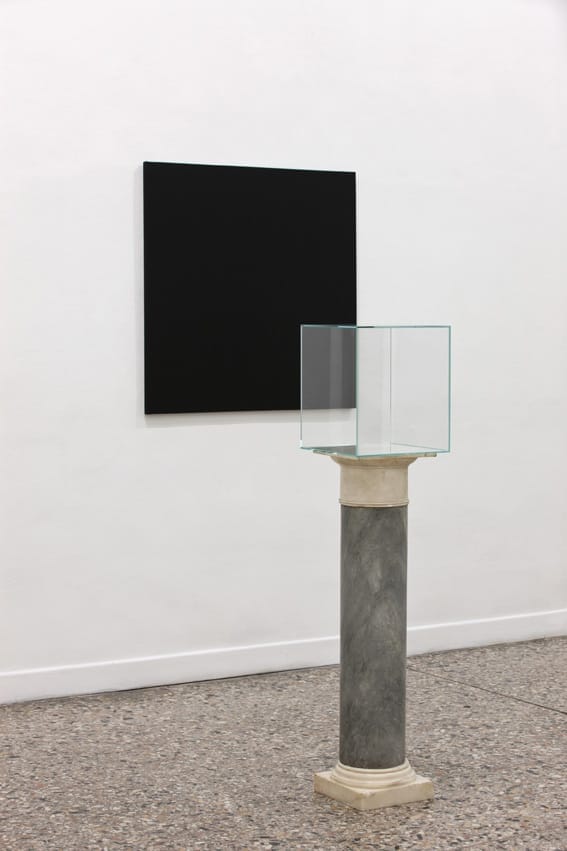
The Evolution of Mediums and Styles
Throughout his career, Paolo Canevari has demonstrated a remarkable ability to navigate across various mediums and styles while maintaining a cohesive thematic essence. His evolution as an artist reflects his continuous exploration and questioning of the world around him.
Canevari’s initial works prominently featured rubber tires, a material he has been associated with since the early 1990s. The choice of rubber, particularly used tires, is significant. It symbolizes the cyclic nature of life and the transient, often overlooked aspects of the everyday. This material, combined with his chosen color of black, has become a hallmark of his work, representing a canvas for reflecting on impermanence, memory, and transformation.
His later works expanded into other mediums, including the traditional languages of painting, drawing, and sculpture, notably in his “Monuments of the Memory” series. This series, which emerged around 2011, marked a significant shift in his artistic language. It was driven by his desire to describe a state of mind in its most radical expression, reacting to a contemporary language saturated and losing significance due to the overwhelming influx of visual information. This series and similar works aimed to create spaces of freedom and imagination, countering the barrage of images and information in modern life.
Canevari’s approach to sculpture is particularly notable. He sought to remove the rhetorical heaviness often associated with sculpture, leading to creations that are both visually striking and conceptually profound. His sculptures, often resembling drawings in space, exemplify his “Minimalismo Barocco” or Baroque Minimalism style, combining complexity with simplicity, depth with accessibility.
Furthermore, his video works, such as “Bouncing Skull,” extend his exploration into the realm of performance and motion, adding dynamic layers to his examination of life, death, and societal constructs.
His drawings and paintings often carry the same thematic weight and stylistic nuance as his sculptures and installations. They serve as a more direct, yet equally profound, medium through which Canevari explores his ideas.
A notable example is his work with “bucchero” vessels, a unique form of ceramic art that harks back to pre-Roman Etruscan art forms in central Italy. Canevari’s adaptation of this ancient technique is both a nod to his cultural heritage and a contemporary reimagining of traditional art forms. His bucchero ceramics deviate from their historical use as drinking vessels, instead featuring window-like cuts that give them an architectural quality. This transformation of an ancient art form into a modern artistic expression encapsulates Canevari’s ability to bridge the past with the present, creating works that are deeply rooted in history yet resonate with contemporary themes.

Major Exhibitions and Global Recognition
Paolo Canevari’s work has gained international recognition through numerous exhibitions and installations in prestigious venues across the globe. His career is marked by a series of significant exhibitions that have not only showcased his artistic evolution but also cemented his place in the contemporary art scene.
One of Canevari’s early notable exhibitions was at the XIII Esposizione la Quadriennale d’Arte in Rome in 2000, followed by his participation in the Liverpool Biennial in 2004. These exhibitions provided platforms for his emerging voice in the art world. In 2007, Canevari gained further acclaim with his solo show “Nothing from Nothing” at the MACRO, Museo d’Arte Contemporanea Roma, curated by Danilo Eccher. This exhibition was significant, not just for its location in his birth city of Rome, but also for its thematic depth and the inclusion of works like “Bouncing Skull,” which later became part of MoMA’s permanent collection in New YorK.
Canevari’s participation in major international events, such as the 52nd Venice Biennale in 2007 and the Whitney Biennial, further elevated his profile. His work resonated with global audiences, showcasing his unique ability to blend personal, political, and historical narratives. These high-profile exhibitions were instrumental in introducing his work to a broader audience, allowing him to engage in critical dialogues beyond the Italian art scene.
In 2010, his solo show “Nobody Knows” at the Centro per l’Arte Contemporanea Luigi Pecci in Prato, curated by Germano Celant, was another milestone. This comprehensive exhibition, coupled with a monograph by Celant, offered an in-depth look at Canevari’s artistic journey and the evolution of his thematic concerns.
More recently, Canevari’s works have been part of group exhibitions and solo shows in various international locations, including the first Bangkok Biennale in 2018. His drawings from the 1990s were featured alongside Andrea Camilleri’s book “Turkey don’t thank” in the same year, demonstrating the broad appeal and interdisciplinary nature of his work.
Canevari’s exhibitions are not just displays of art; they are dialogues with history, culture, and the viewer. His installations and pieces in these shows often provoke contemplation and debate, underlining his role as an artist who is not only a creator but also a commentator on the human condition and societal issues.

Canevari in the Contemporary Art Scene
Paolo Canevari’s impact on the contemporary art scene is both profound and multifaceted. His works, characterized by a unique blend of political commentary, historical references, and personal introspection, have established him as a significant voice in the realm of modern art. Canevari’s ability to engage with a variety of mediums – from sculpture and installation to drawing and video – has allowed him to express his artistic vision in a dynamic and versatile manner.
Canevari’s art is not just about the aesthetic experience; it is deeply imbued with a sense of purpose and inquiry. His works challenge the viewers to confront and question their own beliefs and the world around them. Through his art, Canevari explores the nuances of power, memory, and identity, making his work particularly relevant in today’s rapidly changing social and political landscape.
His role as an artist transcends national boundaries. Although deeply influenced by his Italian heritage and the historical and cultural context of Rome, his long residency in New York has imbued his work with a global perspective. Canevari himself resists being pigeonholed as solely an Italian artist, considering himself part of a broader, global artistic community. This perspective is evident in his approach to art, which is universal in its themes yet personal in its expression.
Canevari’s contribution to contemporary art is also marked by his willingness to push boundaries and explore uncomfortable or controversial subjects. This is evident in works like “Bouncing Skull” and the “Monuments of the Memory” series, which confront viewers with stark representations of mortality, the passage of time, and the cyclical nature of history. These works serve as a reminder of the power of art to not just represent reality, but to question and challenge it.
In the context of his personal and professional life, it’s noteworthy to mention Paolo Canevari’s marriage to the world-renowned artist Marina Abramović. They were married in April 2006 after a ten-year relationship, and their marriage lasted until 2009. This union with one of the most influential figures in performance art certainly enriched the cultural and artistic context in which Canevari operated, offering a unique perspective on the convergence of different artistic styles and philosophies.
As the contemporary art scene continues to evolve, Canevari’s work remains relevant and influential. His exploration of themes like memory, identity, and power resonates with a global audience, making his work a vital part of the ongoing conversation in contemporary art. His ability to articulate complex ideas through a variety of mediums ensures that his work will continue to inspire and provoke thought among audiences and fellow artists alike.
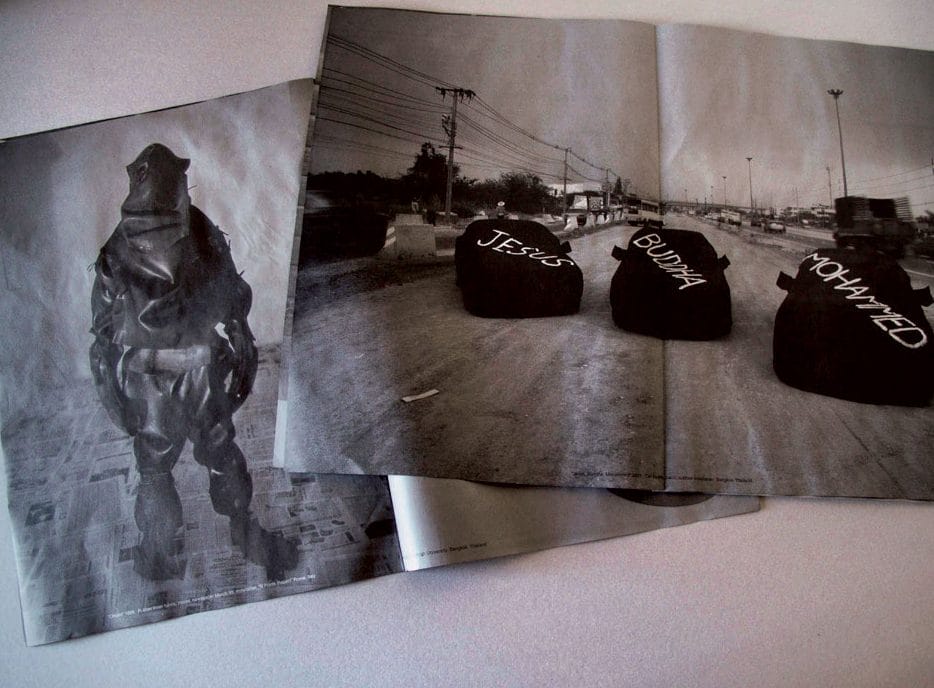
fakewhale
Founded in 2021, Fakewhale advocates the digital art market's evolution. Viewing NFT technology as a container for art, and leveraging the expansive scope of digital culture, Fakewhale strives to shape a new ecosystem in which art and technology become the starting point, rather than the final destination.
You may also like
Ab.jpeg | FW CROSS
The Post-Abstract Decoded: Fakewhale Cross presents AB.JPEG On Wednesday, April 12th, Fakewhale Cros
Sasha Sime, “Control & Domination” at g • gallery, Barcelona
“Control & Domination” by Sasha Sime at g • gallery, Barcelona, 07/11/2024 –
Burak Kabadayi, “Whether it’s a desert or not is irrelevant,” at IMALAT-HANE, Bursa.
“Whether it’s a desert or not is irrelevant” by Burak Kabadayi, curated by Deniz K

